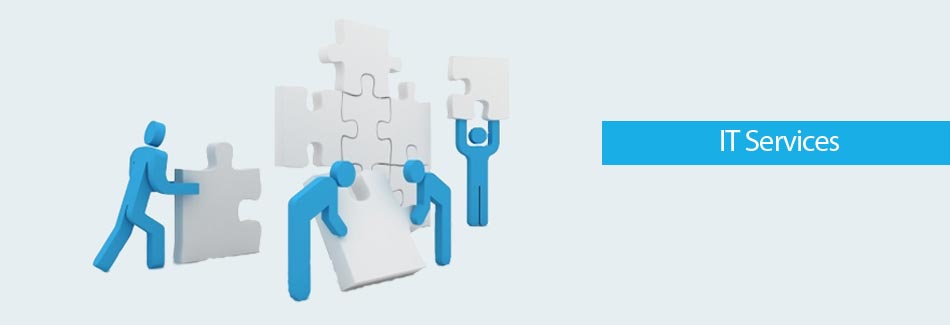Our
GIS Services - Remote Sensing
GIS Services Highlights
Remote Sensing Remote Sensing In the broadest sense, the measurement or acquisition of information of some property of an object or phenomenon, by a recording device that is not in physical or intimate contact with the object or phenomenon under study; e.g., the utilization at a distance (as from aircraft, spacecraft, or ship) of any device and its attendant display for gathering information pertinent to the environment, such as measurements of force fields, electromagnetic radiation, or acoustic energy. The technique employs such devices as the camera, lasers, and radio frequency receivers, radar systems, sonar, seismographs, gravimeters, magnetometers, and scintillation counters. The practice of data collection in the wavelengths from ultraviolet to radio regions. This restricted sense is the practical outgrowth from airborne photography. Sense is preferred and thus includes regions of the EM spectrum as well as techniques traditionally considered as belonging to conventional geophysics.
Our Expertise : Change Detection � determine the changes from images taken at different times of the same area. Ortho rectification � Warp an image to its location on the earth. Spectral Analysis � For example using non-visible parts of the electromagnetic spectrum to determine if a forest is healthy. Image Classification � Categorization of pixels based on reflectance into different land cover classes (e.g. Supervised classification, Unsupervised classification and Object Oriented Classification). Agriculture/ Forestry/ Geology Hydrology/Sea Ice Land Cover & Land Use Mapping Oceans & Coastal Monitoring/ Ocean pattern identification Storm forecasting Fish stock and marine mammal assessment Oil spill Shipping.
Remote Sensing Remote Sensing In the broadest sense, the measurement or acquisition of information of some property of an object or phenomenon, by a recording device that is not in physical or intimate contact with the object or phenomenon under study; e.g., the utilization at a distance (as from aircraft, spacecraft, or ship) of any device and its attendant display for gathering information pertinent to the environment, such as measurements of force fields, electromagnetic radiation, or acoustic energy. The technique employs such devices as the camera, lasers, and radio frequency receivers, radar systems, sonar, seismographs, gravimeters, magnetometers, and scintillation counters. The practice of data collection in the wavelengths from ultraviolet to radio regions. This restricted sense is the practical outgrowth from airborne photography. Sense is preferred and thus includes regions of the EM spectrum as well as techniques traditionally considered as belonging to conventional geophysics.
Our Expertise : Change Detection � determine the changes from images taken at different times of the same area. Ortho rectification � Warp an image to its location on the earth. Spectral Analysis � For example using non-visible parts of the electromagnetic spectrum to determine if a forest is healthy. Image Classification � Categorization of pixels based on reflectance into different land cover classes (e.g. Supervised classification, Unsupervised classification and Object Oriented Classification). Agriculture/ Forestry/ Geology Hydrology/Sea Ice Land Cover & Land Use Mapping Oceans & Coastal Monitoring/ Ocean pattern identification Storm forecasting Fish stock and marine mammal assessment Oil spill Shipping.
![]()




